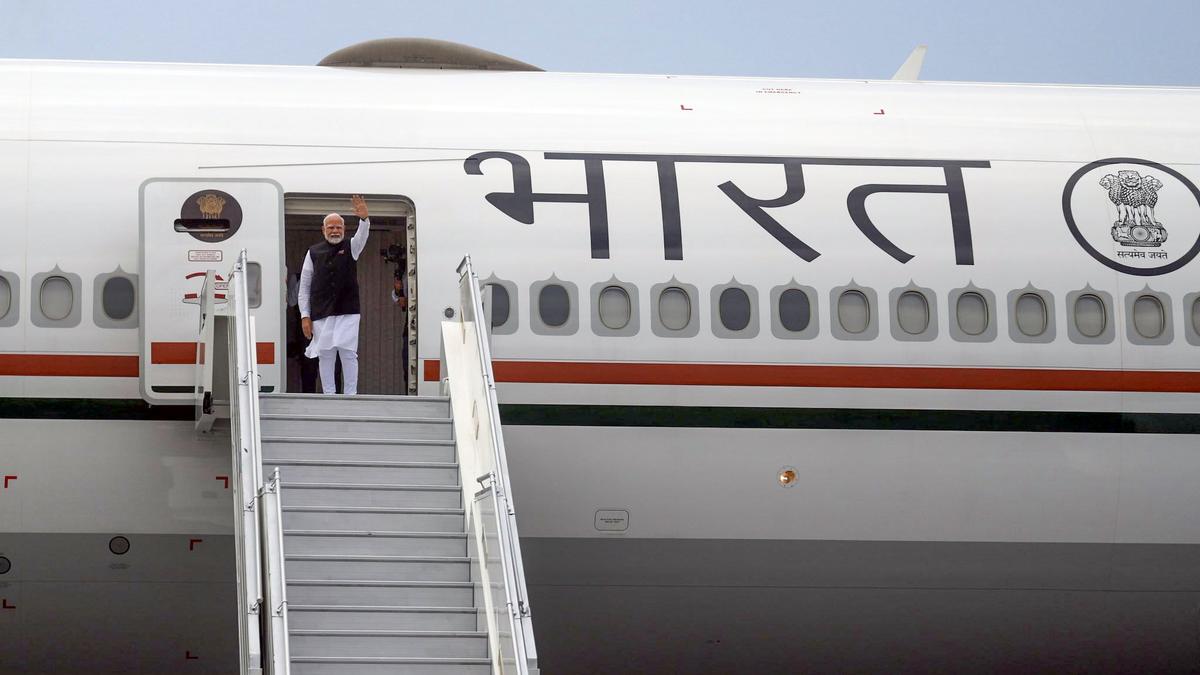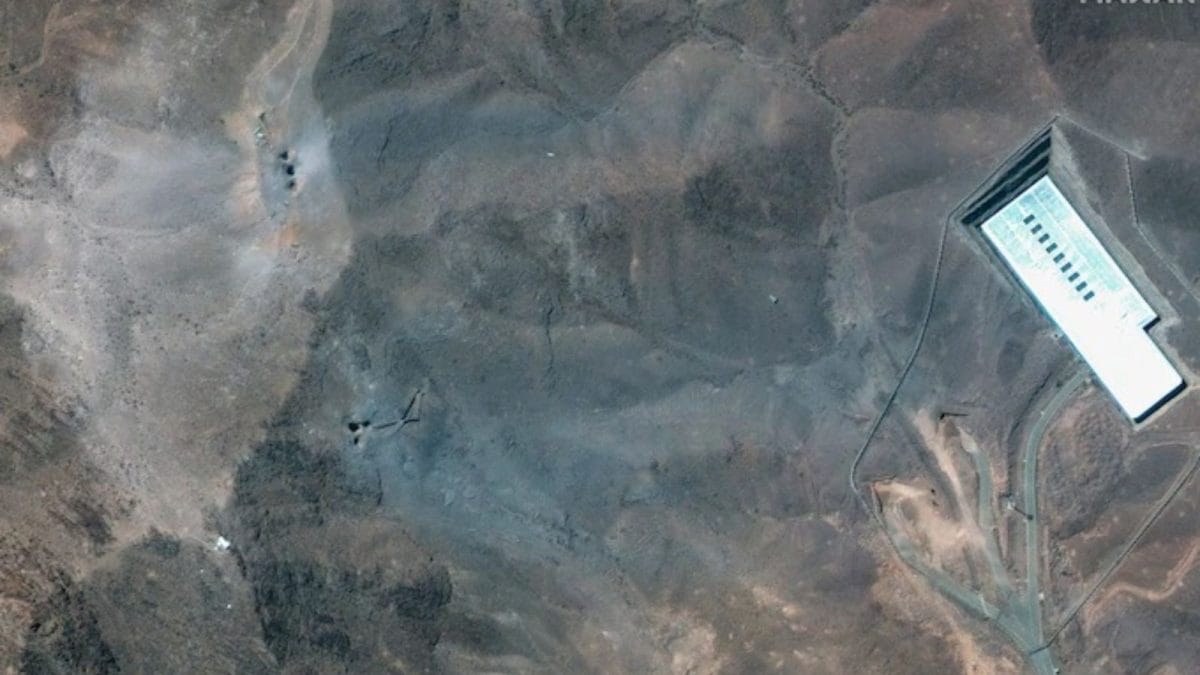ARTICLE AD BOX
With the advancement of paddy sowing starting earlier as compared to previous years since the passing of the Punjab Preservation of Subsoil Water Act 2009, the paddy cultivation in Punjab has been completed on 22.47 lakh hectares till date, up from 18.09 lakh hectares during the same period last year — an increase of 4.38 lakh hectares. The Preservation of Subsoil Water Act aims at conserving groundwater by regulating the sowing and transplanting of paddy by restricting farmers from transplanting paddy before June 10.
The sowing, which began on June 1 this year as against June 10 and later in previous years, will continue by the end of this month. Paddy farmers will start the sowing of Basmati (non-paddy rice varieties) crops from the second week of July.
The latest data highlights that paddy acreage this year too will see an increase despite the state government’s ongoing efforts to diversify from water-guzzling crops.
Data accessed by The Indian Express shows that several districts have reported a substantial rise in paddy sowing. Bathinda, for instance, jumped from 1.20 lakh hectares last year to 1.81 lakh hectares this year — an increase of over 60,000 hectares. Sangrur, Patiala, and Muktsar also recorded substantial hikes of around 50,000 hectares, 31,000 hectares, and 21,000 hectares respectively.
Experts say the increase in paddy is driven by assured procurement at Minimum Support Price (MSP), availability of irrigation, and farmers’ reluctance to take risks with alternative crops. The sharp rise in acreage could also lead to further depletion of the state’s groundwater reserves, a concern repeatedly raised by environmentalists and agricultural economists.
A senior agriculture officer acknowledged the trend, saying, “despite awareness drives and subsidies for alternative crops, the economics of paddy continues to draw farmers back, especially in the absence of a guaranteed market for alternatives like maize”.
As the state stares at another year of dominant paddy cultivation, the push for crop diversification seems to be facing an uphill battle yet again.
Story continues below this ad
In contrast, the area under maize cultivation, which the government has been promoting as a water-saving alternative to paddy, has seen only 66,334 hectares this year till July 2, as against last year’s around 80,000 hectares in the season. The sowing of maize still continues. The total maize area is around 3 per cent of the total paddy area, underlining the continued dominance of paddy in Punjab’s cropping pattern.
This year, the Punjab government has launched a pilot project to enhance the maize cultivation in six districts — Jalandhar, Kapurthala, Bathinda, Sangrur, Pathankot and Gurdaspur. Under this scheme, farmers who divert their land from paddy to kharif maize will get an incentive of Rs 17,500 per hectare (approximately Rs 7,085 per acre) as the government aims to divert around 12,000 hectares (29,640 acres) under paddy to maize cultivation in the current kharif season.
Kharif maize, sown during the monsoon season, alongside paddy, relies primarily on rainfall and needs 3-5 times irrigation compared to 22-30 cycles by paddy depending upon long, medium and short durations paddy varieties. Experts term this shift “critical” as Punjab’s groundwater resources have been under relentless stress due to decades of intensive paddy farming but are disappointed that only little area is earmarked for diversification against the massive paddy area in the state.
Interestingly, a few districts have shown a notable push in maize cultivation. Ropar (Rupnagar) saw the maize area leap from just 110 hectares on July 2, 2024, to 19,200 hectares by July 2, 2025. Pathankot increased its maize area from 2,210 hectares to 3,200 hectares during the same period. Gurdaspur also saw an improvement, with the area rising from 270 hectares to 700 hectares so far.
Story continues below this ad
However, seven districts in Punjab have yet to sow even a single acre under the crop till date. These districts include Barnala, Faridkot, Fazilka, Firozpur, Mansa, Muktsar, and Malerkotla. Notably, in Muktsar, maize cultivation had already reached around 5,500 hectares by this time last year.



.png)
.png)
.png)

























 English (US) ·
English (US) ·